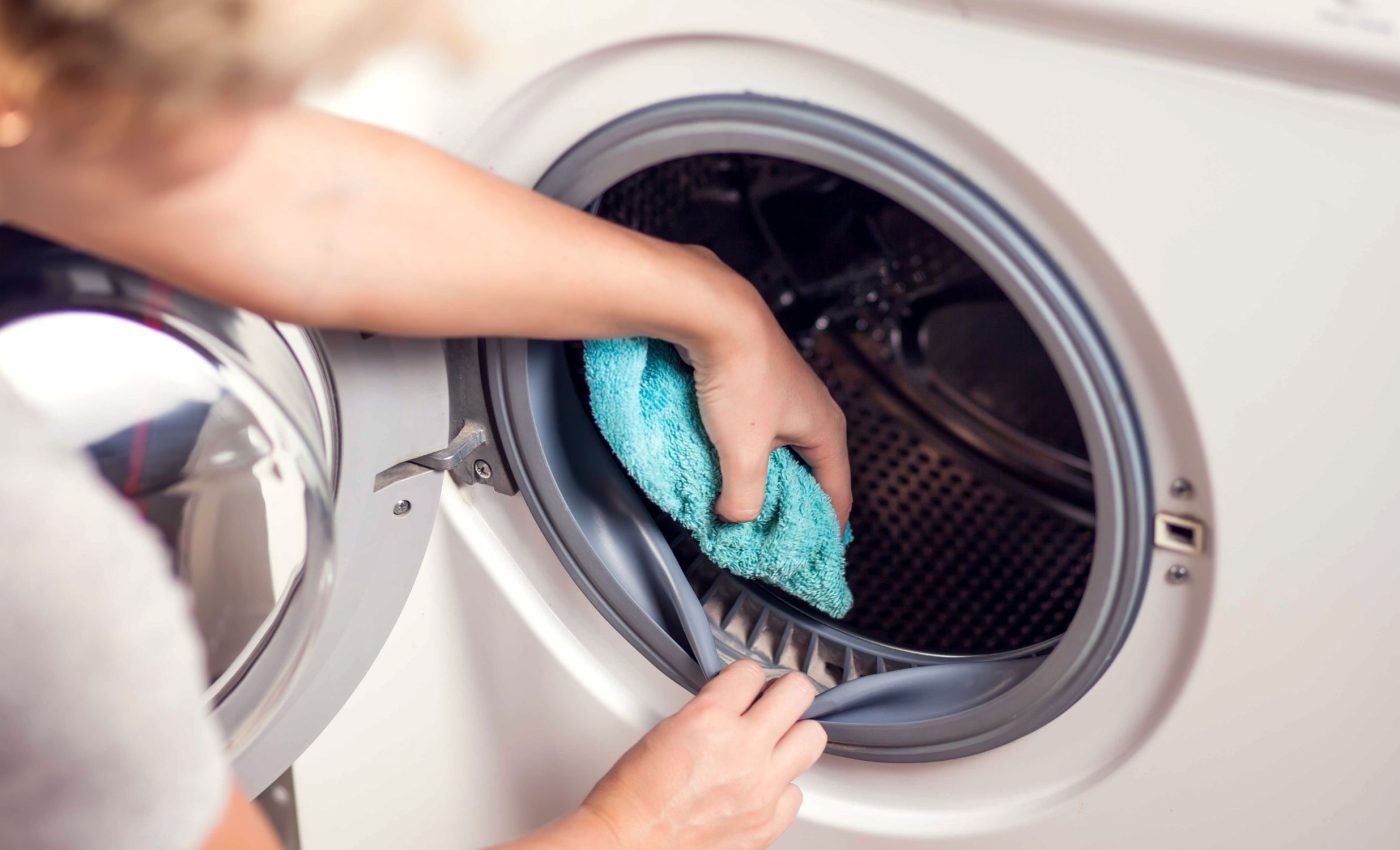
Slime found in home appliances could help fight climate change
Climate change solutions might be closer than we think – not in labs or remote forests, but in the microbes living in our homes. James Henriksen, a microbiologist at Colorado State University, believes the secret to fighting climate change could be hiding in dishwashers, air conditioners, and water heaters.
Henriksen wants everyone to join the hunt for extremophiles – organisms that thrive in extreme conditions. They’re tiny, they’re tough, and some might be surprisingly useful.
These microbes have adapted to harsh environments, evolving traits that could potentially absorb carbon dioxide or clean up pollutants.
Home microbes fighting climate change
The Extremophile Campaign: In Your Home is a new initiative from CitSci, the Two Frontiers Project, and SeedLabs. It kicked off in October, rallying citizen scientists to search for hidden organisms.
“We believe that we have found new organisms, and we know that they have unique characteristics purely from the fact that they’re growing and thriving in some of these unusual environments,” Henriksen said. Already, the campaign has led to some intriguing discoveries.
A microbe with a big appetite
Deep in the volcanic ocean vents off the island of Vulcano, Henriksen and his team stumbled upon Chonkus. This cyanobacterium isn’t just any microbe. It devours carbon dioxide and then sinks, locking away CO2 in the ocean depths.
Unlike plants, Chonkus can absorb far more CO2, using photosynthesis to turn the gas into biomass. It’s a microscopic powerhouse that might one day help mitigate climate change.
Henriksen isn’t surprised. “Half the air you’re breathing comes from microbes,” he said. “They play essential roles in carbon and nitrogen cycles.”
Mapping the microbes
Henriksen co-founded the Two Frontiers Project to hunt for microbes in extreme environments – from the depths of the ocean to outer space. But what about the extreme environments right under our noses?
“There’s not just unknown species,” he said. “It’s like there’s a rainforest everywhere you look, and we know almost nothing about the organisms there and what they can do.”
Our homes, it turns out, are teeming with unseen life – and Henriksen wants us to pay attention.
Microbes hidden in the home
If you’re feeling brave, take a closer look at your appliances. What’s lurking inside your dishwasher or around the base of your water heater? If it’s slimy, crusty, or gooey, Henriksen wants to hear about it.
Instead of scrubbing away the weird spots and unpleasant odors, you can help scientists by documenting them. That slimy film? It could be home to a whole community of extremophiles – microbes that might hold the key to climate solutions.
Participating is easy. Snap a photo of your odd discovery. Fill out an online survey at CitSci.org. If researchers need more information, they’ll send a collection kit.
Henriksen’s team will then analyze the samples using metagenomic sequencing. Each microbe’s DNA will be studied, cataloged, and possibly saved for future research. Some samples might even lead to new scientific breakthroughs.
What’s in the slime?
Metagenomic sequencing sounds complex, but the goal is simple: figure out what’s living in that slimy mess. Henriksen and his team are looking for microbes that can absorb CO₂, degrade pollutants, or perform other useful tasks.
The DNA data will be stored for future study. Some organisms might be cultivated and tested further. Every sample holds the potential for new discoveries.
Nature’s hidden survivors
Beyond homes, the Extremophile Campaign: In the Wild asks people to keep an eye out for microbial hotspots in nature. Springs in places like Colorado and California often contain unusual chemistry – acidic water, carbonation, and, yes, slime.
“Life is surviving and thriving in this hot water, in water that is as carbonated as soda pop and as acidic as lemon juice,” Henriksen said. “Microbes are pulling high concentrations of CO₂ out of the water, out of the air, and they’re building that slime or the green algae that you see.”
If you spot something slimy, crusty, or just plain weird, the researchers want to know.
A platform to fight climate change
Both extremophile campaigns run through CitSci.org, a platform that connects researchers with citizen scientists. The site was developed at Colorado State University’s Natural Resource Ecology Laboratory two decades ago and now hosts nearly 1,500 projects.
“CitSci has been an amazing partner in helping get this up and running,” Henriksen said.
Through CitSci, Henriksen hopes to gather data from as many people and places as possible. With more eyes on the ground, the chances of finding new microbial allies in the climate fight increase.
Your gunk might save the planet
Henriksen sees potential in every home. That gross gunk in your appliance? It might contain the next Chonkus – a microbe that could capture carbon or break down pollutants. All it takes is a photo, a survey, and a bit of curiosity.
“We believe that everybody can contribute and participate in science,” Henriksen said.
From volcanic vents to kitchen sinks, the next big climate solution might be hiding in plain sight – and researchers want you to help find it.
—–
Like what you read? Subscribe to our newsletter for engaging articles, exclusive content, and the latest updates.
Check us out on EarthSnap, a free app brought to you by Eric Ralls and Earth.com.
—–













